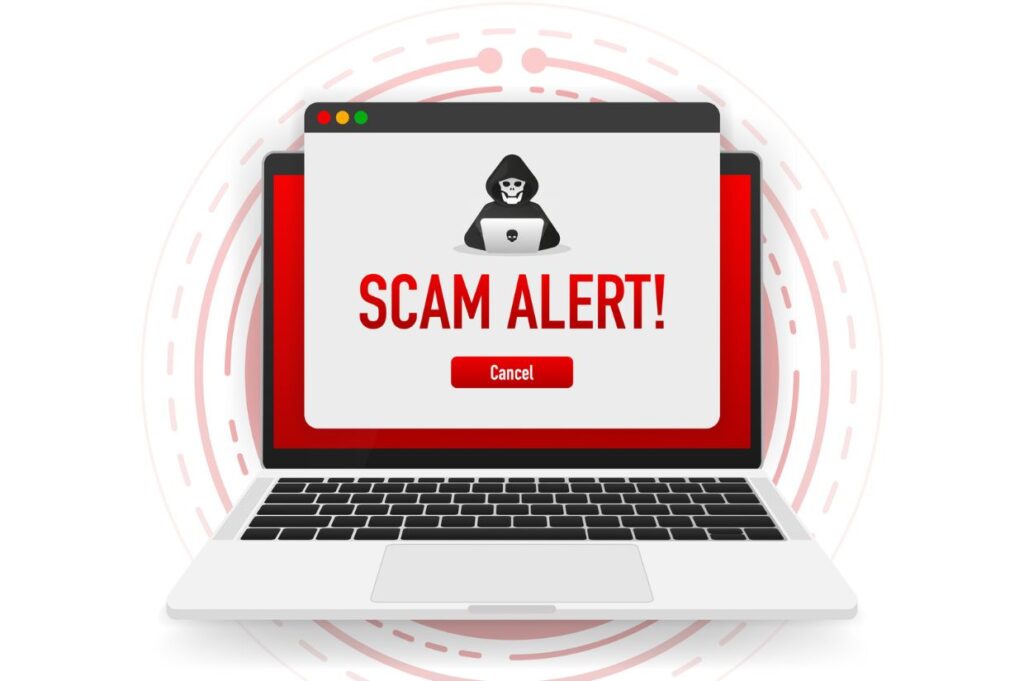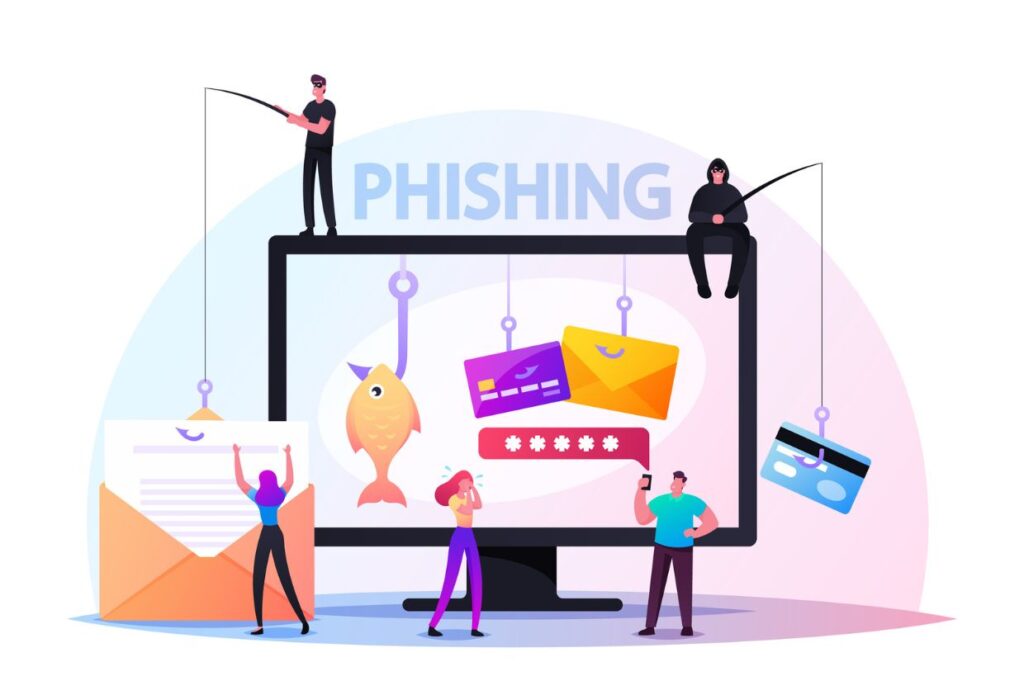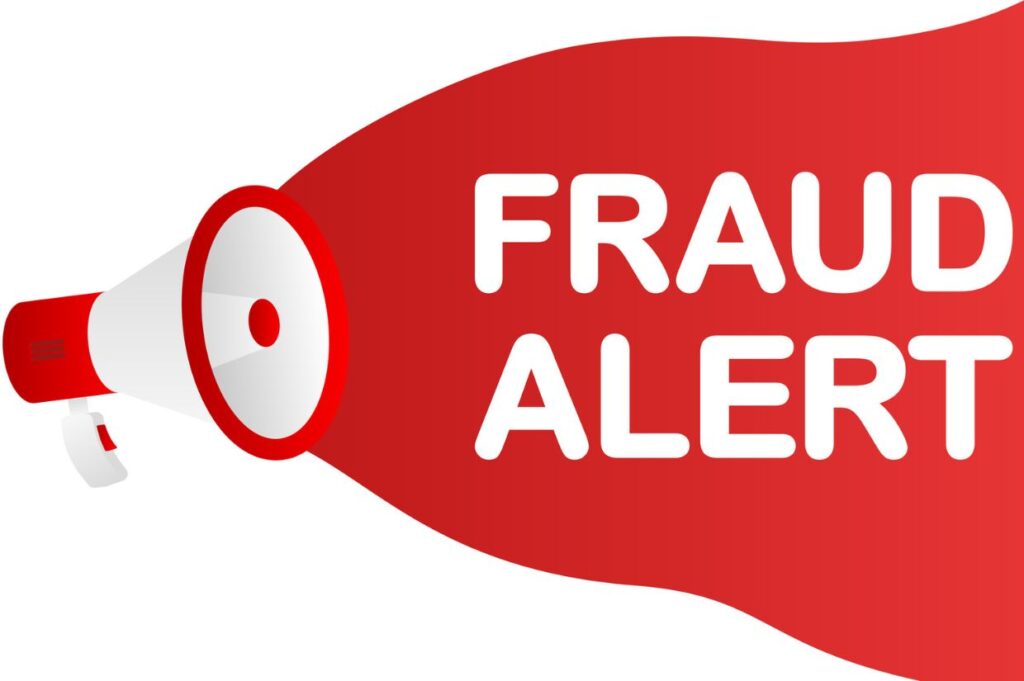Blogging is a fantastic way to share your passions and connect with others but, unfortunately, it’s not immune to the darker side of the internet. Scammers target bloggers just like any other online activity, and it’s crucial to be aware of these dangers to protect yourself and your blog. Here are some common blogging scams, how to spot them and practical steps you can take to safeguard your online presence.

The phishing trap
Phishing scams are among the oldest tricks in the book, but they still catch many bloggers off guard. You might receive an email that appears to be from a reputable company or service, asking you to click on a link or provide sensitive information. These emails often look convincing, with logos and branding that mimic legitimate sources. Here’s how to spot a phishing attempt.

- Generic greetings: Scammers often use generic phrases like “Dear Blogger” instead of addressing you by name.
- Urgent language: They might create a sense of urgency, prompting you to act quickly to avoid a negative consequence.
- Suspicious links: Always hover over links before clicking. If the URL looks odd or doesn’t match the company’s official site, don’t click.
- Generic email address: A legitimate company representative will generally have an email address with the company’s URL. An email from [email protected] purporting to be from the CEO of a company is likely a scam.
Real-life example: Sarah, a food blogger, once received an email from what appeared to be a popular social media platform, asking her to confirm her account details. She noticed the email address didn’t match the official domain and avoided clicking any links. Her skepticism saved her from giving away her login information to a scammer.
Fake partnerships and sponsorships
Another common scam involves fake partnerships or sponsorship offers. Scammers may reach out with tempting proposals for collaborations or paid content opportunities. These offers can seem legitimate, especially if they promise high payouts or exposure. Watch out for these warning signs.
- Too good to be true: If an offer seems absurdly profitable or lacks specific details, it might be a scam.
- Unprofessional communication: Pay attention to the quality of the email or message. Poor grammar and odd phrasing can be red flags.
- Request for upfront payment: Genuine partnerships shouldn’t require you to pay upfront.
Real-life example: Mark, a travel blogger, was approached by someone claiming to be a major brand interested in a sponsored post. The email asked for a hefty fee to secure the partnership. Mark did his research, found that the email was a fraud, and avoided losing money.
Fraudulent ad networks
Monetizing your blog with ads is a common practice, but be cautious when choosing ad networks. Some networks are notorious for scamming bloggers with promises of high revenue but delivering little to no return. These fraudulent networks may also engage in click fraud or fail to pay out earnings. Here are some things you should take note of to spot them.

- Unclear terms: Be wary of networks that don’t provide clear information about payment structures or terms.
- Unrealistic revenue promises: If an ad network promises unusually high earnings with minimal effort, it’s likely too good to be true.
- Delayed payments: Regular delays or payment issues can be a sign of trouble.
Real-life example: Emily, a tech blogger, joined an ad network that promised high CPM rates but ended up receiving very little revenue. After investigating, she discovered the network was notorious for fraudulent practices. She switched to a more reputable network and learned to research thoroughly before signing up.
Protecting yourself: Practical tips
So, how can you protect yourself from these scams? Here are some practical tips to keep your blog and finances safe.
Verify offers and requests
Always double-check the legitimacy of any partnership offers, sponsorships or requests for sensitive information. Look up contact details independently rather than relying on those provided in the email.
Research before engaging
Conduct thorough research on ad networks, companies or individuals you’re considering working with. Look for reviews, ask for recommendations and check their reputation in the blogging community.
Use secure platforms
Ensure your blog and any platforms you use for managing ads or financial transactions have strong security measures in place. This includes using HTTPS, enabling two-factor authentication and keeping your software up to date.
Be skeptical of unsolicited offers
If you receive an unexpected email or message, especially one asking for personal information or payment, approach it cautiously. Scammers often use unsolicited offers to lure victims.
Educate yourself
Stay informed about common scams and fraudulent schemes. Knowledge is your best defense against falling victim to these tactics.
Reporting scams and seeking assistance
If you do fall victim to a scam, it’s essential to report it and seek assistance. Here are some resources and tools available to bloggers.
- Report phishing emails: Forward phishing emails to the Anti-Phishing Working Group (APWG) at [email protected]. This helps organizations track and combat phishing attempts.
- Ad network support: If you encounter issues with an ad network, contact their support team and document all communications. You can also report fraudulent networks to industry watchdogs.
- Community support: Reach out to blogging communities or forums. Fellow bloggers can offer advice and may have encountered similar issues.
Final thoughts
While scams and fraudulent schemes can be daunting, being aware and proactive can help you protect your blog and personal information. Always approach unsolicited offers cautiously, verify the legitimacy of partnerships and stay informed about the latest scams. By taking these precautions, you can enjoy the positive aspects of blogging without falling victim to the dark side of the internet.
Jennifer Allen, co-founder of Brilliant Bloggers and Food Drink Life, is a retired professional chef and long-time writer. Her work has been featured in numerous top publications worldwide, including The Seattle Times, Morning AG Clips, Chronicle-Tribune, Los Angeles Daily News and Daily Press, among others. She manages nine personal websites and has authored two cookbooks, “Keto Soup Cookbook” and “Keto Diabetic Cookbook and Meal Plan.” These days, she’s busy in the kitchen, developing recipes for various publications and traveling. You can find all her best recipes at Cook What You Love.
